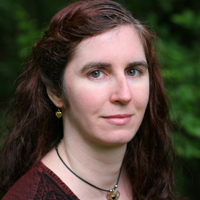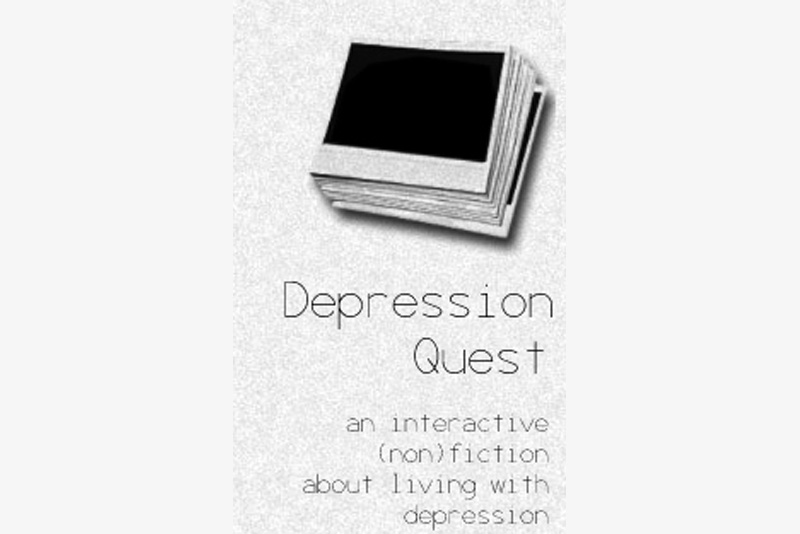Second Sight

An intriguing psychic-based game by Free Radical, Second Sight is difficult to categorize; it's a third-person stealth action adventure game. It's got a lot of interesting design elements and choices and has a pretty good mix of action and stealth.
The player is John Vattic, a doctor of Parapsychology. The game begins with him amnesiac and locked inside a research facility, his body mutilated and twisted. Gradually, Vattic recovers parts of his memories in flashbacks, which show him accompanying a unit of marines to find a secret Soviet research lab. Throughout the game there are two types of sequences - "present" and "past". In the present, Vattic is a test subject, modified to have certain types of psychic powers. However, he is constantly pursued and outgunned, relying more on his powers or on stealth.
In the past, Vattic does not have his powers, but is accompanied by a unit of Marines and has more firepower at his disposal. It is sort of misleading to say "past" and "present", though, as some things that Vattic does in flashbacks will affect the story (in a direct, railroad kind of way). For example, one of his associates is marked as "KIA" on a computer log; Vattic has a flashback, and when he's finished (with the associate surviving) she is instead marked as "Incarcerated". Failing these types of future-changing events - in this example, if the associate dies - will not just trigger a "game over" screen, but also a short scene showing Vattic captured and dealing with the effects of that failure.
The main set of tools in the game are present-Vattic's psychic abilities. These range from simple things like telekinesis, healing, and psychic blasts to more specific abilities. One such ability is "charm", which normally works like invisibility. However, it's really closer to a Jedi Mind Trick - it doesn't let you go by machines, because they don't have minds and thus can't be charmed. In other cases, it's useful for calming or directing your allies. Another ability that's more specific in usage is projection - similar to "Prey" and its spirit walking ability, projection allows you to leave your body and go through things that your normal body cannot to press switches and the like. This is later upgraded to possession, allowing you to take the bodies of enemy (or friendly) soldiers.
The gameplay in Second Sight is pretty good, using a third-person perspective with a rotatable camera. Shooting involves using a cursor to lock onto a target, then using the cursor to target a more specific area of the body. The only problem with this is the lock-on feature itself - in rooms with many targets (many of which might be inanimate objects) it is difficult to lock onto actual enemies. The psychic powers are well executed and varied enough to stay interesting, and the stealth gameplay - while not perfect - is done pretty well, especially when compared to other games that try to shoehorn it in. The camera can be moved to a static one to aid in stealth sequences.
As mentioned, the game was made by Free Radical, who also did the Timesplitters games. The graphics are definitely reminiscent of it, sharing Timesplitters' semi-cartoonish character model style. They're done fairly well, and the environments are nice. The effects are the game's main weakness - explosions and blasts look fake and dated, and don't fit in at all with the regular level of graphics. The sound and voice acting isn't exceptional, but it's done well enough.
As a whole, this game is definitely trying not to be the "same old thing", and I think it succeeded. The gameplay elements - mixed with the story, which unfolds from two different time periods - make an enjoyable and interesting game. As a whole, despite some technical issues, it's done very well.
8/10.
The player is John Vattic, a doctor of Parapsychology. The game begins with him amnesiac and locked inside a research facility, his body mutilated and twisted. Gradually, Vattic recovers parts of his memories in flashbacks, which show him accompanying a unit of marines to find a secret Soviet research lab. Throughout the game there are two types of sequences - "present" and "past". In the present, Vattic is a test subject, modified to have certain types of psychic powers. However, he is constantly pursued and outgunned, relying more on his powers or on stealth.
In the past, Vattic does not have his powers, but is accompanied by a unit of Marines and has more firepower at his disposal. It is sort of misleading to say "past" and "present", though, as some things that Vattic does in flashbacks will affect the story (in a direct, railroad kind of way). For example, one of his associates is marked as "KIA" on a computer log; Vattic has a flashback, and when he's finished (with the associate surviving) she is instead marked as "Incarcerated". Failing these types of future-changing events - in this example, if the associate dies - will not just trigger a "game over" screen, but also a short scene showing Vattic captured and dealing with the effects of that failure.
The main set of tools in the game are present-Vattic's psychic abilities. These range from simple things like telekinesis, healing, and psychic blasts to more specific abilities. One such ability is "charm", which normally works like invisibility. However, it's really closer to a Jedi Mind Trick - it doesn't let you go by machines, because they don't have minds and thus can't be charmed. In other cases, it's useful for calming or directing your allies. Another ability that's more specific in usage is projection - similar to "Prey" and its spirit walking ability, projection allows you to leave your body and go through things that your normal body cannot to press switches and the like. This is later upgraded to possession, allowing you to take the bodies of enemy (or friendly) soldiers.
The gameplay in Second Sight is pretty good, using a third-person perspective with a rotatable camera. Shooting involves using a cursor to lock onto a target, then using the cursor to target a more specific area of the body. The only problem with this is the lock-on feature itself - in rooms with many targets (many of which might be inanimate objects) it is difficult to lock onto actual enemies. The psychic powers are well executed and varied enough to stay interesting, and the stealth gameplay - while not perfect - is done pretty well, especially when compared to other games that try to shoehorn it in. The camera can be moved to a static one to aid in stealth sequences.
As mentioned, the game was made by Free Radical, who also did the Timesplitters games. The graphics are definitely reminiscent of it, sharing Timesplitters' semi-cartoonish character model style. They're done fairly well, and the environments are nice. The effects are the game's main weakness - explosions and blasts look fake and dated, and don't fit in at all with the regular level of graphics. The sound and voice acting isn't exceptional, but it's done well enough.
As a whole, this game is definitely trying not to be the "same old thing", and I think it succeeded. The gameplay elements - mixed with the story, which unfolds from two different time periods - make an enjoyable and interesting game. As a whole, despite some technical issues, it's done very well.
8/10.

Related Articles
Editor's Picks Articles
Top Ten Articles
Previous Features
Site Map
Follow @lisavideogames
Tweet
Content copyright © 2023 by James Shea. All rights reserved.
This content was written by James Shea. If you wish to use this content in any manner, you need written permission. Contact Lisa Shea for details.



